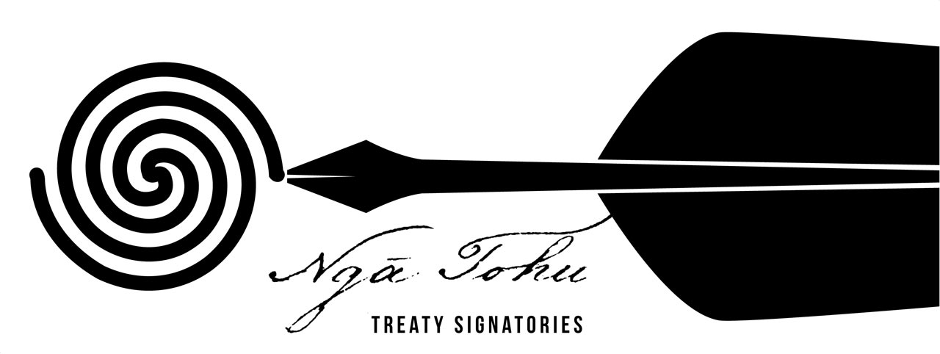Signing
| Signature | Sheet | Signed as | Probable name | Tribe | Hapū | Signing Occasion |
|---|---|---|---|---|---|---|
| 145 | Sheet 1 — The Waitangi Sheet | Mohi Tawai | Mohi Tāwhai | Ngāpuhi | Te Māhurehure, Te Uri Kaiwhare, Te Uri-o-te-Aho, Ngāi Tūpoto, Ngāti Hau | Mangungu 12 February 1840 |
Mohi Tāwhai signed the Treaty of Waitangi on 12 February 1840 at Mangungu, Hokianga. He had also signed the 1835 Declaration of Independence.
With his wife Rāwinia Hine-i-koaia (also known as Hārata), he had a son, Hōne Mohi Tāwhai. Tāwhai was baptised as a Wesleyan (Methodist) at Mangungu, taking the name Mohi (Moses). Tāwhai would later fight on the side of the Crown against Hōne Heke Pōkai in the Northern War of 1845–46.
During the discussions before the signing of the treaty, Tāwhai speculated about the future:
How do you do, Mr. Governor? All we think is that you come to deceive us. The Pakehas tell us so, and we believe what they say; what else? ... Where does the Governor get his authority? Is it from the Queen? Let him come; what power has he? Well, let him come, let him stop all the lands from falling into the hands of the Pakehas. Hear, all ye Pakehas! Perhaps you are rum-drinkers, perhaps not; hear what is said by us. I want all to hear. It is quite right for us to say what we think; it is right for us to speak. Let the tongue of every one be free to speak; but what of it? What will be the end? Our sayings will sink to the bottom like a stone, but your sayings will float light, like the wood of the Whau-tree, and always remain to be seen. Am I telling lies? … Suppose the land has been stolen from us, will the Governor enquire about it? Perhaps he will, perhaps he will not. If they have acquired the land by fair purchase, let them have it. [1]
[1] T. Lindsay Buick, The Treaty of Waitangi: or, how New Zealand became a British colony, Mackay, Wellington, 1914, pp. 138, 140


Community contributions